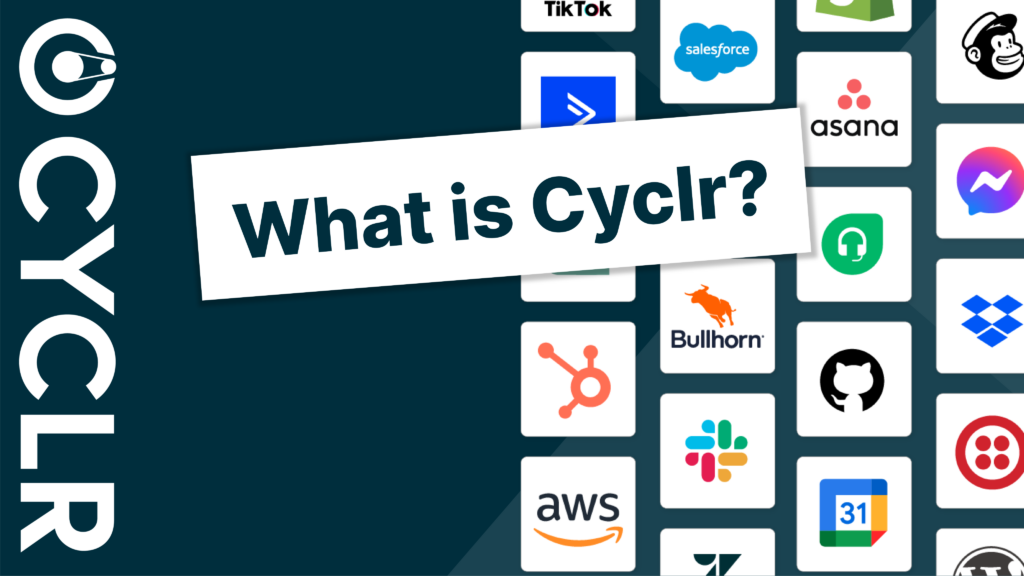
Updated on by Fraser Davidson
Native integrations have moved from being a “nice-to-have” to a core competitive advantage. The ability to seamlessly connect with other tools and platforms doesn’t just enhance user experience—it amplifies business growth. But how can companies strategically leverage native integration amplification to drive key business outcomes?
Most product roadmap items deliver 1, 2 or maybe 3 aspects of features, retention, efficiency, revenue and scalability in one go. It is rare for a decision/roadmap item to deliver on all fronts. However, amplifying native integrations (integrations delivered directly from within your own app) ticks all five aspects.
Accelerating Feature Delivery
New customer facing integrations deliver high customer value. Building new features takes time, but leveraging integrations can significantly speed up the process. Instead of developing standalone capabilities from scratch, native integrations allow companies to tap into existing ecosystems. This enables faster iteration cycles and ensures users get the functionality they need—without lengthy development delays.
Boosting Customer Retention
Native integrations make your product stickier and keep your customer closer. Customers expect seamless workflows across their tech stacks. When software integrates natively with their existing tools, they experience less friction, reducing churn risk. A well-executed integration strategy leads to higher engagement and stickiness, keeping customers within your ecosystem for the long haul.
Unlocking New Revenue Streams
Native integrations can be a source of direct revenue and upgrades. Strategic integrations open doors to new revenue opportunities. SaaS companies can monetise integrations through premium add-ons, marketplace partnerships, or revenue-sharing agreements. Additionally, by expanding into broader ecosystems, companies gain exposure to new customer bases, increasing acquisition potential.
Native Integrations and Embedded iPaaS
Delivering native integrations brings these three core benefits. However, using an embedded iPaaS accelerates the process substantially and brings two further benefits, efficiency and scalability.
Enhancing Operational Efficiency
An embedded iPaaS substantially reduces the engineering resource required to build, manage and maintain integrations. Internal teams benefit just as much as users from a strong integration strategy. Development teams can focus on core innovations rather than reinventing the wheel. Support teams see reduced ticket volume because users experience fewer friction points. Sales teams can close deals faster when integrations remove objections about compatibility and workflow disruption.
Enabling Scalability and Ecosystem Growth
Building one or two native integrations isn’t hard, handling multiple integrations across multiple customers at scale is. An embedded iPaaS alleviates this burden and smooths the processes.
A robust integration ecosystem sets the foundation for scalability. As companies grow, they need flexibility to expand into new markets and verticals. Native integrations via an embedded iPaaS ensure that scaling doesn’t mean overhauling existing infrastructure, making it easier to onboard larger customers and adapt to evolving industry trends.
The Path Forward
To fully capitalise on native integration amplification, companies must take a proactive approach:
- Prioritise integrations based on user demand and strategic alignment, this could mean implementing an embedded iPaaS to handle integration development.
- Invest in API stability and developer-friendly documentation.
- Foster ecosystem partnerships to create mutual value.
- Continuously iterate and improve based on user feedback.
Software companies that embrace a strong native integration strategy will drive faster feature deployment, higher retention, greater efficiency, increased revenue, and sustainable scalability. The question is no longer whether to integrate—it’s how effectively you can amplify your integration strategy for maximum impact.
If you haven’t considered how embedded iPaaS could make you a product champion then reach-out.



